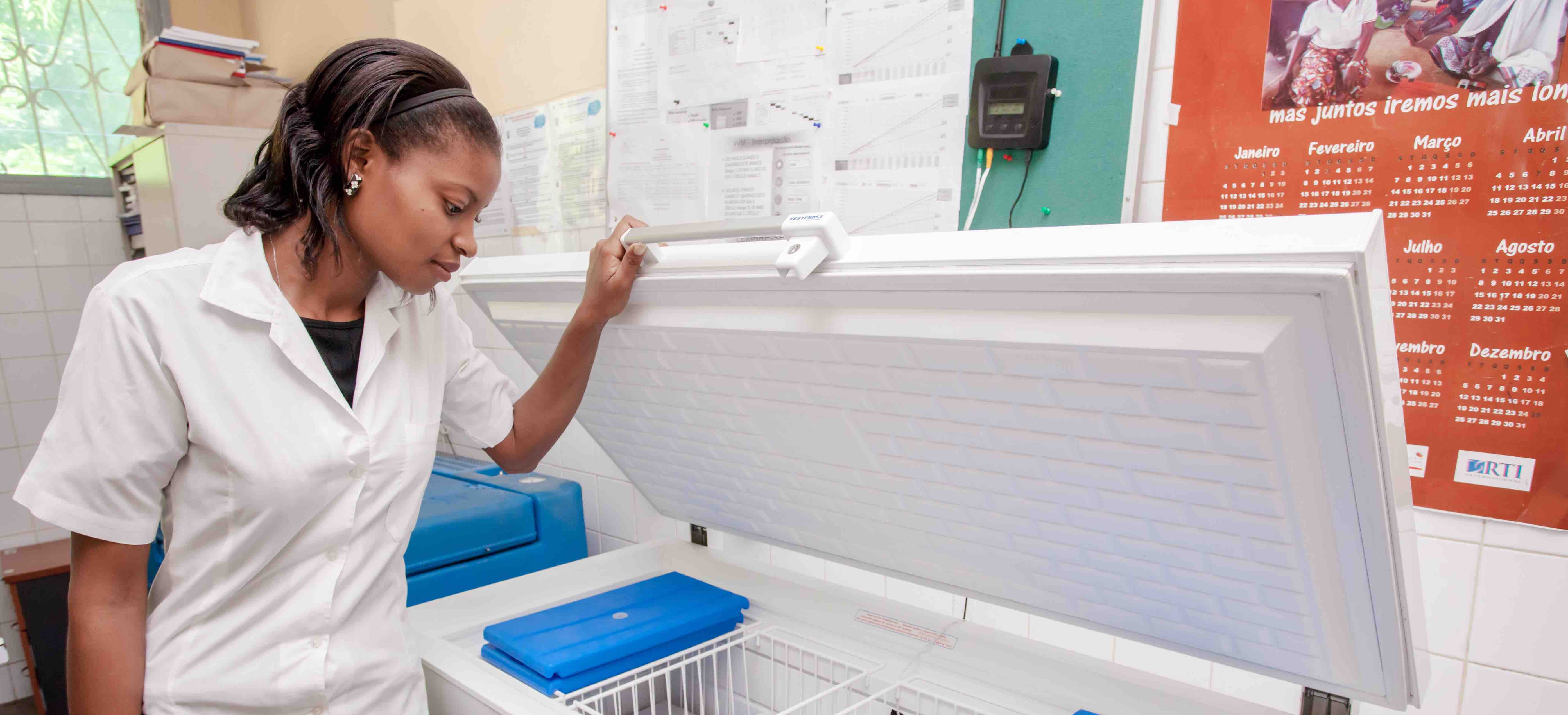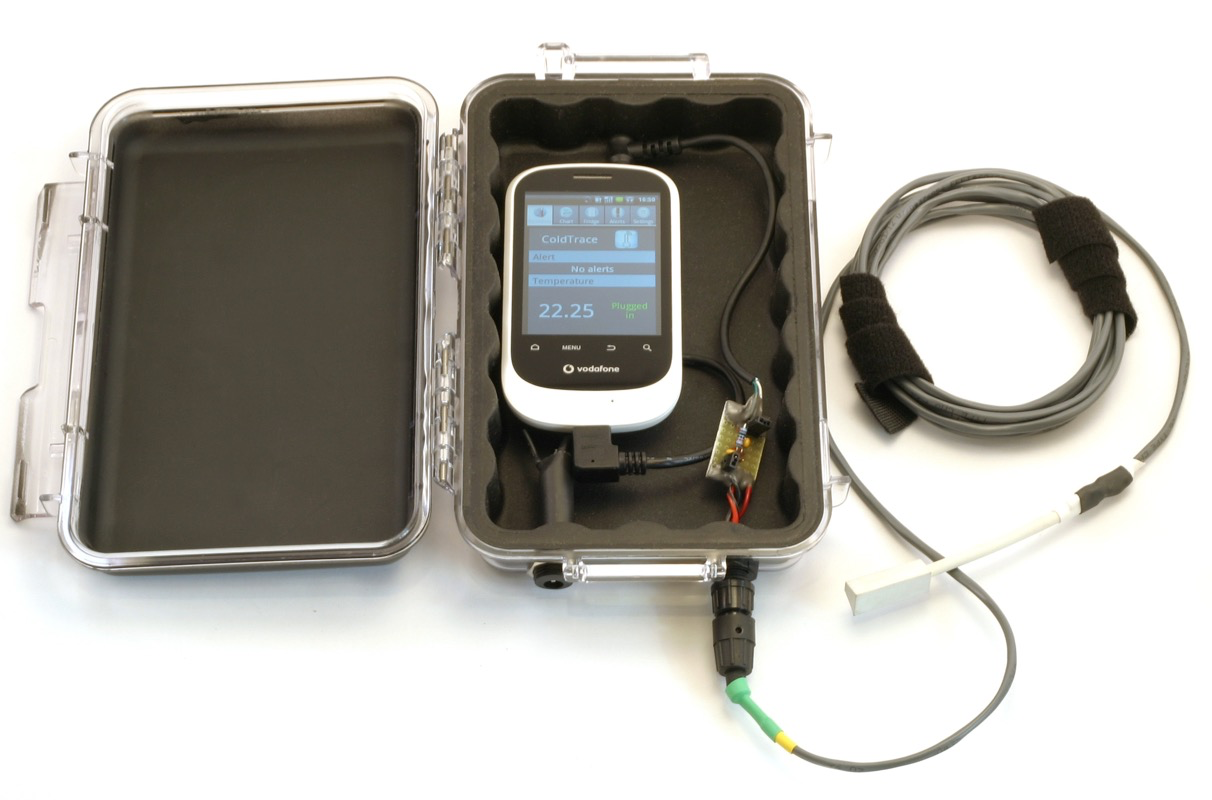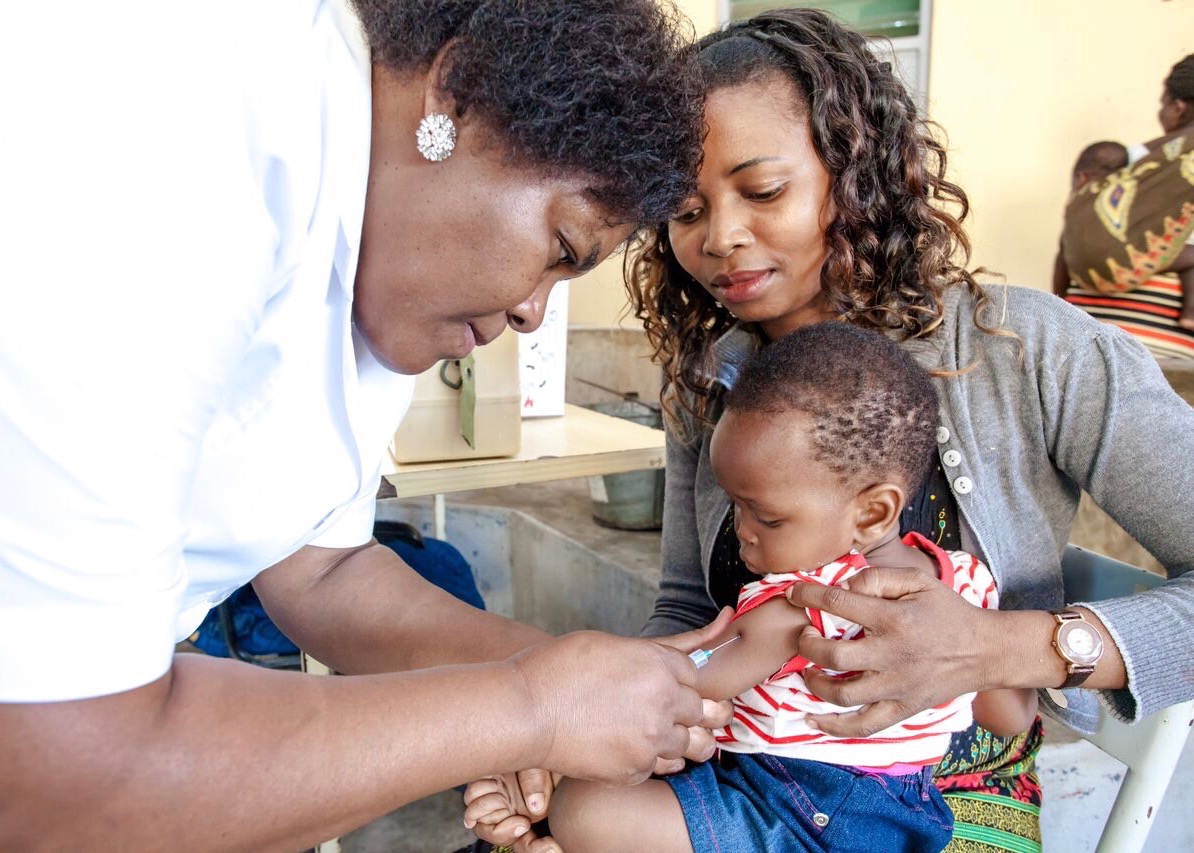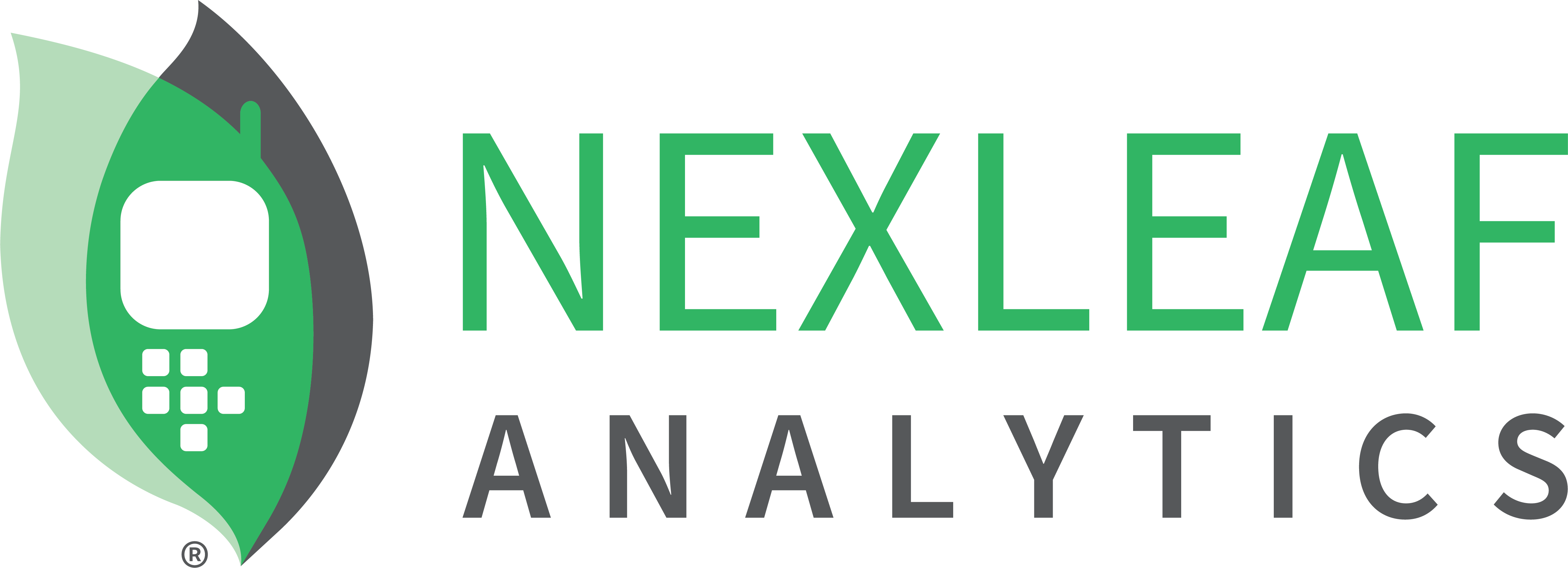Innovation for Vaccine Impact Monitoring: A History of ColdTrace
The viability of a vaccine is threatened without proper storage at the last mile of its supply chain. Vaccines are sensitive, and must be kept at a temperature of between 2 °C and 8 °C. A recent WHO & UNICEF joint statement found that 56% of cold chain equipment in low- and middle-income countries (LMICs) is poorly functioning or non-functional. This means vaccines are produced, but at the last mile, they fail to reach babies and children, or worse, children receive impotent vaccines, leaving them unknowingly unprotected and exposed to illness.
ColdTrace is indicative of how the Internet of Things (IoT) is revolutionizing the development sector from the bottom up.
ColdTrace is a remote temperature monitoring (RTM) solution for impact monitoring that collects data, sends alerts to health workers when a vaccine fridge is not operating properly, and informs Ministries of Health (MoH) to make systematic improvements to cold chain equipment performance.
ColdTrace now helps governments protect the vaccine supply for 12.6 million babies born each year with over 15,000 devices across 8 countries.
We are working to reach national scale in Tanzania, and continue to improve and iterate on our innovations to create the most effective solutions.

Timeline of ColdTrace
 Idea to Pilot
Idea to Pilot
Nexleaf was founded in 2009 when Nithya, Martin, and Ian built a “cell phone in a box” (pictured left). By attaching a temperature probe to the unit, they converted a mobile phone into a remote temperature monitoring (RTM) device and began monitoring usage of improved cookstoves in India. When the team learned that many health facilities around the globe lacked the infrastructure needed to detect and address temperature excursions in vaccine refrigerators, they realized this innovation could provide a solution.
Prototype, Testing, Iteration
Exploring a new sector came with a lot of uncertainties. CTO & Co-founder, Martin, traveled to Kenya and Haiti to test the prototype in health facilities in rural areas and to understand from the front lines how this technology could serve the needs of health personnel. He developed ColdTrace 1, Nexleaf’s first RTM solution for cold chain equipment. He learned what data was most valuable to Ministries of Health, and how to reflect that data on a cloud-based dashboard in an user-friendly and informative manner.
User-focused Design
At this point, with a rising population, the demand for vaccines was increasing and, in turn, the number of fridges required in health facilities. ColdTrace 1 gathered the right data and health personnel were thrilled to receive alerts, but how could we make technology to address this growing need and make it affordable for LMICs? The next iteration of the device included 5 ports for sensors, so one unit could monitor up to 5 fridges per device. The dashboard also went through several improvements to make it a more effective tool for decision making.
 Installations, Trainings, and Lessons Learned
Installations, Trainings, and Lessons Learned
We knew our approach needed to go beyond the scope of new hardware to reach the impact we wanted. We worked closely with Ministries of Health to conduct installations and devise trainings that empower health personnel to read and act on data. Together with MoH technicians, our Project Coordinator, Shahrzad, created a set of Standard Operating Procedures (SOPs) to ensure that nurses knew exactly how to respond to temperature alarms, and how to monitor their fridges on a daily and monthly basis.
Innovation
We’re applying our approach to different sectors. ColdTrace works to protect vaccines at the last mile, but MoHs need end-to-end visibility to better improve their cold chain. We developed Trek, a portable Bluetooth device for measuring temperature while vaccines are in transport. We’re also piloting CT for Agriculture in Bangladesh to monitor temperature in sensitive cold rooms where produce is stored. These exploratory programs are different ways we’re applying IoT to monitor and measure the impact in development.
From the first “cell phone in a box” to our new innovations, each step in ColdTrace’s development lead us a step closer to our goal of protecting every baby on earth.
